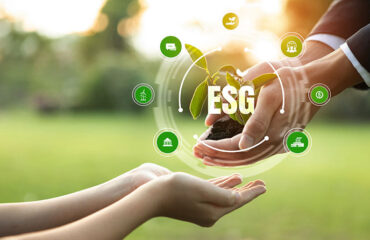
Having Sustainable practises is a normal way of doing things but when we treat it as a specific process or method, it seems a bit herculean. Let’s delve into the concept of sustainability self-evaluation and explore some essential tools for promoting sustainability:
Understanding Sustainability Self-Evaluation
Sustainability self-evaluation involves assessing an individual’s or organization’s practices, behaviors, and impact on environmental, social, and economic dimensions. It helps identify areas for improvement and align actions with sustainable goals. Here are key points to consider:
Purpose of Self-Evaluation:
- Awareness: Understand your current practices and their implications.
- Goal Setting: Set realistic sustainability goals.
- Continuous Improvement: Regularly assess progress and adapt.
Components of Self-Evaluation:
- Environmental: Assess resource use, waste management, energy efficiency, and emissions.
- Social: Evaluate community engagement, diversity, labor practices, and well-being.
- Economic: Analyze financial stability, ethical investments, and long-term viability.
Tools for Sustainability Self-Evaluation:
- Sustainability Assessment and Management Tools: These tools guide organizations through sustainability assessments. They include risk assessment, life-cycle assessment, benefit-cost analysis, and ecosystem-services valuation.
- Personalized Toolkit Guide: A self-assessment tool that helps individuals consider their learning needs related to sustainability. It directs users to relevant resources based on their assessment results.
- Sustainability Planning Tools: Adaptable templates for team collaboration during sustainability planning. Includes self-assessment, strategy development, and action planning.
Conclusion
Sustainability self-evaluation empowers individuals and organizations to make informed choices, contribute to a better world, and drive positive change. Explore these tools and embark on your sustainability journey!




